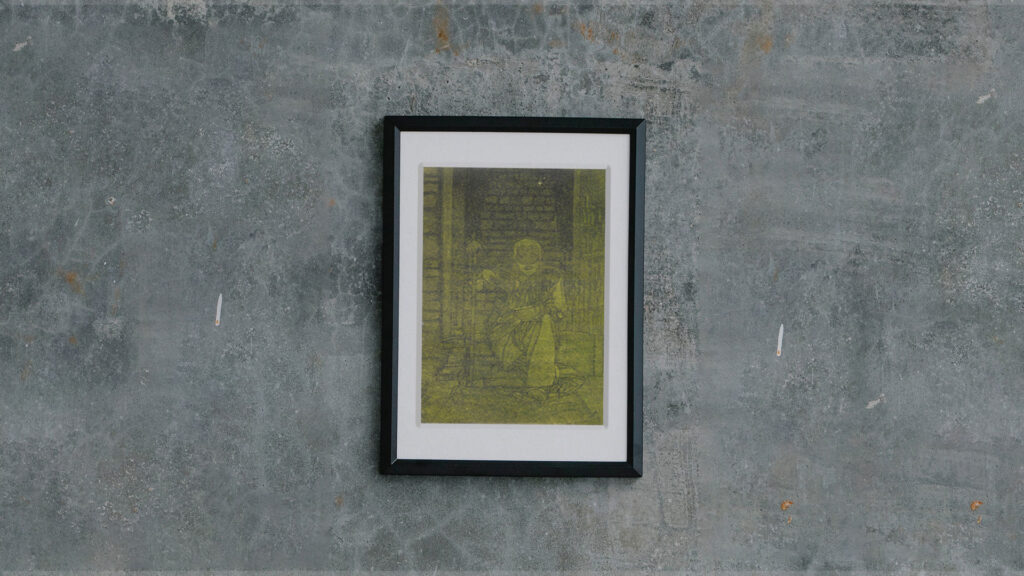The Cycle of Poverty is a complex concept. It refers to a condition in which individuals or communities lack the financial resources, social problems, homelessness, income, or access to necessities. This is required to meet their basic needs for a minimum standard of living. These basic needs typically include food, clean water, shelter, clothing, education, and healthcare.
The cycle of poverty is a self-perpetuating system in which people who are born into poverty and homelessness are more likely to remain in poverty throughout their lives. Poverty is a multidimensional issue that has far more effects on our society than we can think of; its impacts are not only limited to individuals; it extends to communities, economies, and even overall social life. It has also been considered one of the major reasons for societal sins and how it affects our cultural values and society.
The issue of poverty cycle is a deeply entrenched issue that affects millions of people worldwide. It’s not merely a financial issue; poverty creates a cycle that is often passed down from one generation to the next, making it difficult for individuals and families to escape its grip.

poverty Cycle
The main causes of the cycle of the poor and homelessness can have a devastating impact on individuals and families.
The main causes include health issues, limited educational opportunities, psychological stress, and housing instability. Additionally, it results in limited employment opportunities, social exclusion, and feelings of incompetence. These consequences of poverty can have far-reaching impacts on individuals and communities.
Cycle of the Poor as a Social Problem
The poverty cycle as a social problem affects an individual’s qualities and ability to showcase knowledge, skills, or abilities as other members of society do.
It can impact health, education, and other aspects of life. It can manifest across various dimensions of life. These dimensions include physical, mental, emotional, and social well-being.
It not only affects the individual but also has a generational impact. It can transmit across generations, creating a cycle of disadvantage for children born into a poor environment who face poverty and similar challenges as their parents. Poverty can limit upward economic mobility, making it difficult for individuals to escape their current circumstances and improve their quality of life. Financial insecurity and the constant struggle to meet basic needs can lead to chronic stress, anxiety, and depression.
How to Break the Cycle of Poverty
Several Actions, including the following, we must understand what the cycle of poverty means to help to break the cycle of poverty:
- Investing in education: Providing quality education for all children, regardless of their background, is one of the best ways to break the cycle of poverty.
- Creating jobs: Creating good-paying jobs in low-income communities is essential to providing people with the opportunity to escape poverty.
- Expanding access to quality healthcare: Providing affordable healthcare to everyone is essential to improving their health and well-being.
- Addressing discrimination: Addressing discrimination against people living in poverty is essential to ensuring that they have the same opportunities as everyone else.
- Building strong communities: Building strong communities that support each other can help break the cycle of poverty.
Artistic Approach to Highlighting The Issue of Poverty Cycle
The issue of poverty has been a recurring theme in various forms of art throughout history. Using poverty as a topic in art allows artists to explore and raise awareness about social, economic, and issues related to inequality, lack of access to resources, and marginalized communities.
Artists often utilize their creative expressions to illuminate the daily struggles, experiences, and injustices faced by individuals and communities living in poverty. Art can create empathy and spark conversations. Furthermore, it raises awareness about important social issues such as poverty by highlighting the human figures and emotions behind the statistics, thus making them understandable to others.
Visual Interpretation of The Cycle of Poverty
The artist created this specific art using the intaglio Aquatint printing technique of printmaking. This intaglio print is an illustration to highlight the effects of poverty that we see daily. The elderly man with disabilities is sitting on damaged stairs and wooden doors. This symbolizes the hardships of his life, as he begs for money and food.
Poor individuals with disabilities can face various hardships and challenges in their lives, which often arise due to social barriers, discrimination, and the physical or cognitive limitations associated with their disabilities. It’s essential to approach the topic of poverty with empathy and understanding, as each person’s circumstances are unique. Living in poverty affects individuals of all ages and backgrounds.
